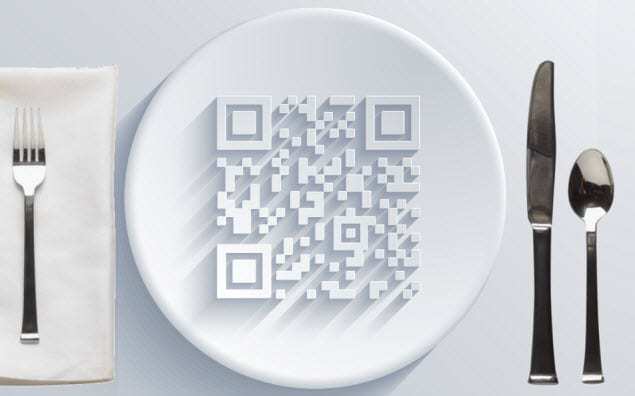R&D Technologies has come up with a unique new way to capture interest using quick response codes.
It is difficult to go anywhere, anymore, without spotting QR codes on product packaging and on advertising materials, but at the same time, only a low percentage of those barcodes are scanned by consumers, who are very used to seeing them but the majority of whom has yet to start to using them.
Marketers have been able to improve their results to a growing degree, but some are taking bigger steps to stand out.
R&D Technologies has come up with a way to make QR codes a little bit more fun, through a more tactile approach. The idea is to use 3D printing to create a three dimensional version of the barcode that still actually works. This type of advertising is expected to be especially appealing to businesses that want to show off their design talents or that are involved in 3D printing. The firm believes that this will help those companies to stand out a little bit more effectively than a traditional barcode.
The QR codes are converted from a two dimensional picture into a three dimensional structure by Embossify.
 The Embossify service has made it possible for .jpgs and .stl files – among others – to be converted from being flat images to three dimensional pieces. This has been found to work quite effectively for QRcodes, as well as other images such as artwork and family photos. That service also offers etched and molded artwork as well as lithopanes.
The Embossify service has made it possible for .jpgs and .stl files – among others – to be converted from being flat images to three dimensional pieces. This has been found to work quite effectively for QRcodes, as well as other images such as artwork and family photos. That service also offers etched and molded artwork as well as lithopanes.
In order to create three dimensional quick response codes, an image of the barcode in .jpg format is required. The Embossify service then walks the user through a process for converting it, using a few simple steps, such as selecting the file to be transformed, and clicking the “Embossify” button. IN order to add a base, FreeCAD will be required. An .stl file for 3D printing is then created.
The R&D Technologies use of this tech involved printing QR codes. They created a black and white printing, pausing the three dimensional print job to switch to black ABS filament so that it wouldn’t appear entirely white when it was created. That said, it is also possible to print the entire piece in white and to paint the final result.
